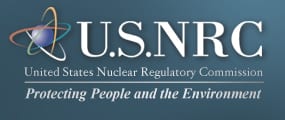
RadWaste Monitor Vol. 13 No. 17
Visit Archives | Return to Issue PDF
Visit Archives | Return to Issue PDF
RadWaste & Materials Monitor
Article 1 of 6
April 24, 2020
Federal Government Sets Guidance for Resuming Normal Operations

Federal agencies will gradually return to normal operations in parallel with the White House’s three-phase plan to reactivate the national economy as the COVID-19 pandemic recedes, the Trump administration said Monday.
The new guidance does not provide a set…
Partner Content